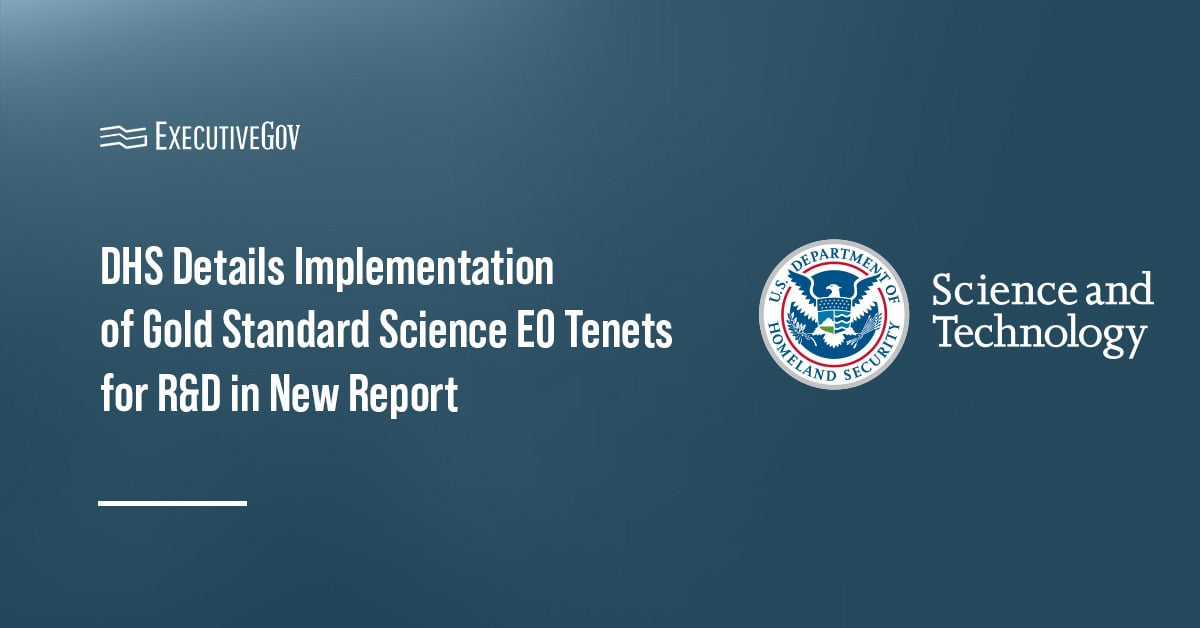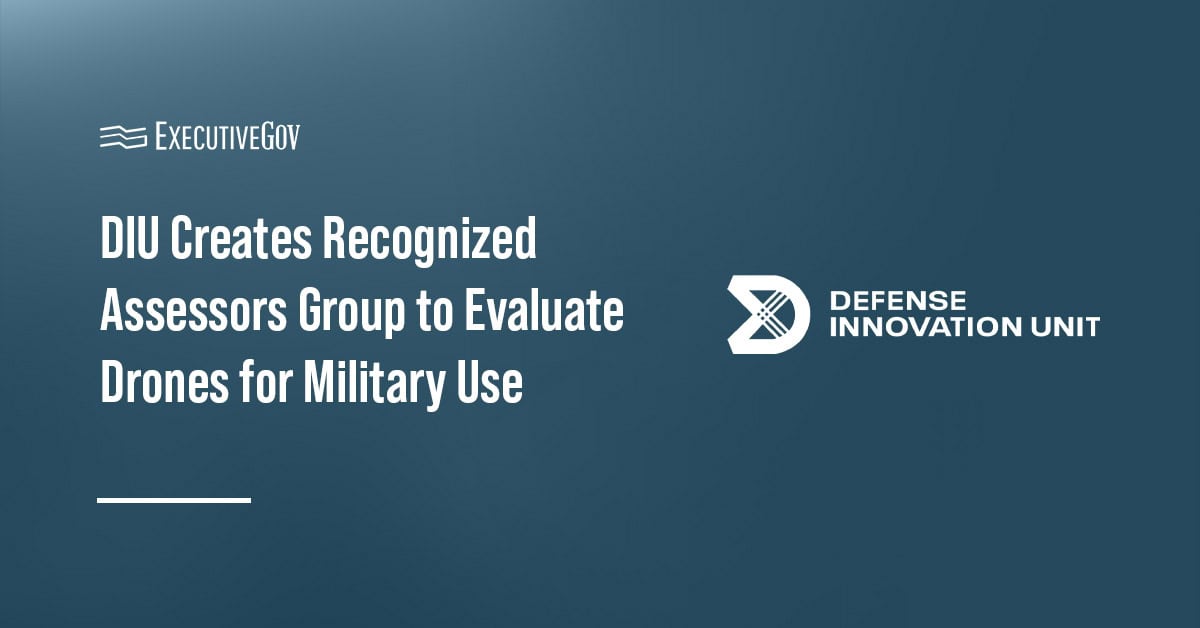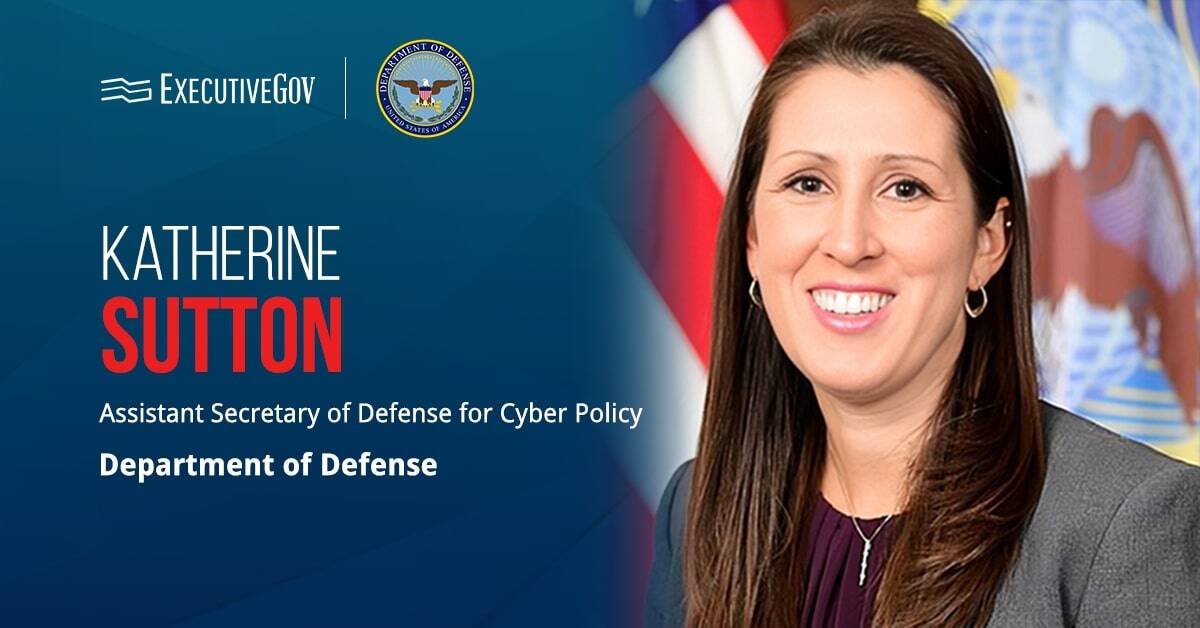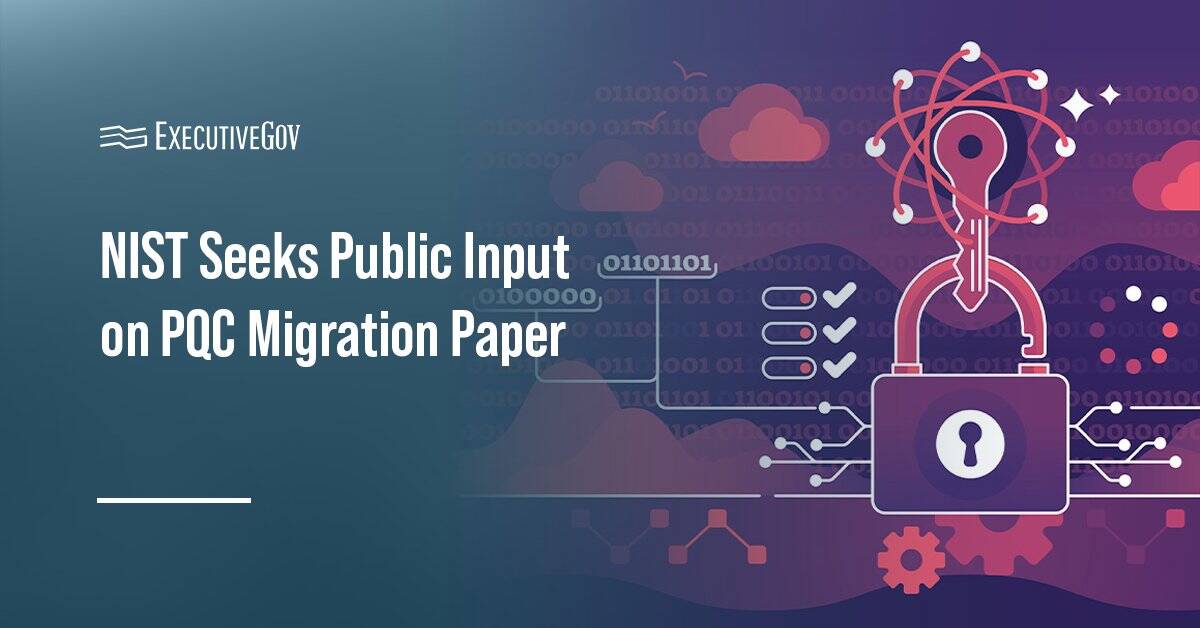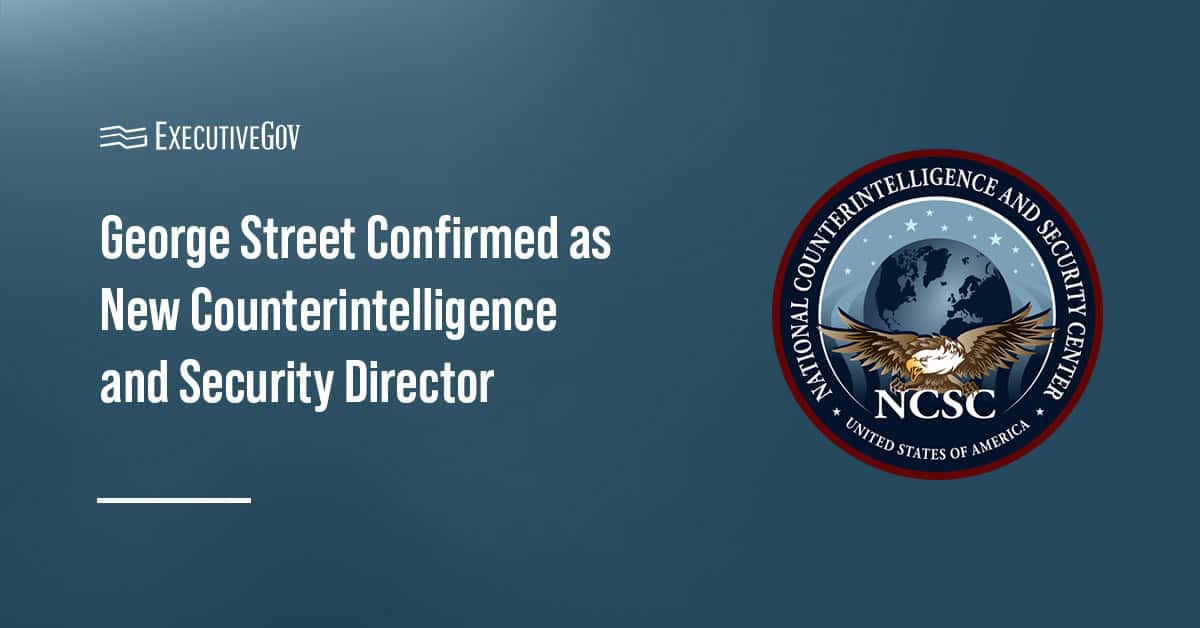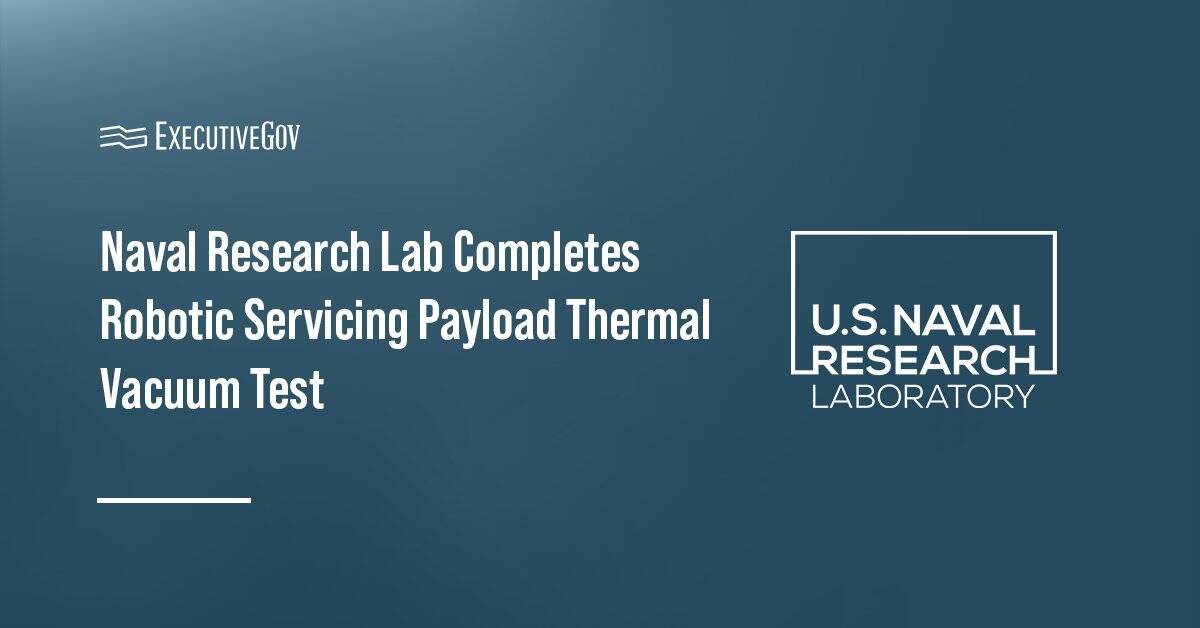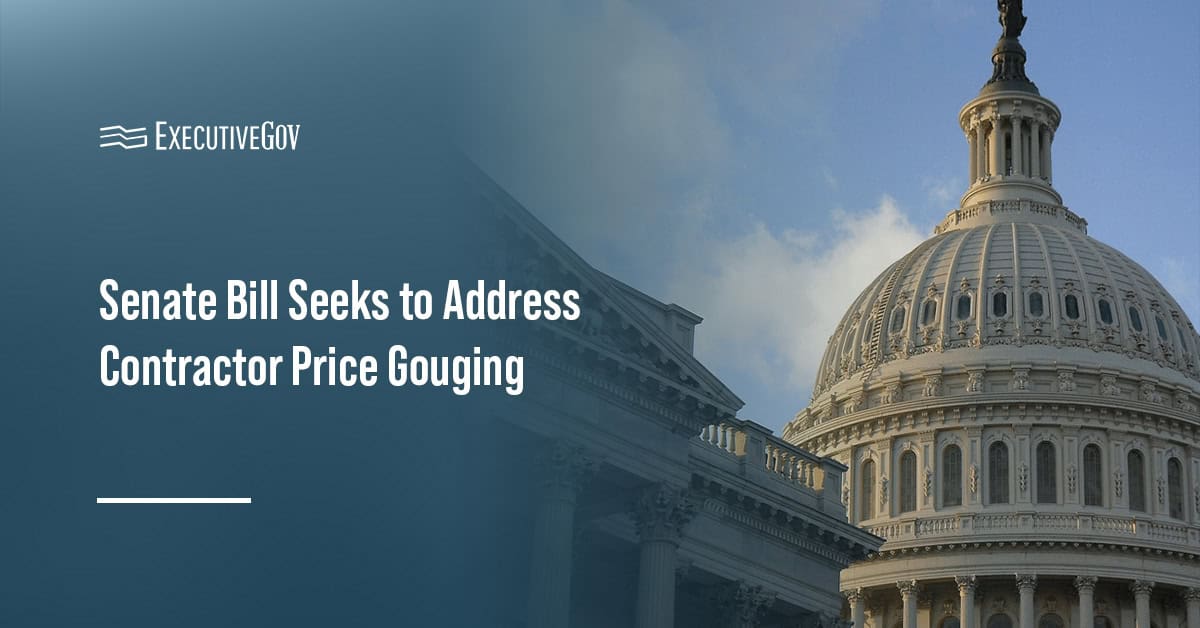The Department of Homeland Security has issued a report on current agency efforts to implement President Donald Trump’s executive order on ensuring research and evidence used in government decision-making meet the highest standards of rigor and integrity. The agency said that the report, published Friday, demonstrates how research and development efforts within the organization align with the nine tenets identified in EO 14303, or Restoring Gold Standard Science.

Learn more about the latest in the U.S. homeland security programs, efforts and strategic initiatives at the Potomac Officers Club’s 2025 Homeland Security Summit on Nov. 12. Leaders from government and industry will be present to discuss key developments in homeland security and the role that artificial intelligence and other emerging technologies will play in defending the nation against threats. Do not miss your chance to attend the much-anticipated government contracting networking event by purchasing your tickets today.
Table of Contents
Trump’s Gold Standard Science EO
The executive order, issued in May, aims to drive innovation and ensure that federally funded research and development programs are impactful. It identifies the “gold standard of science” as reproducible; transparent; communicative of error and uncertainty; collaborative and interdisciplinary; skeptical of its findings and assumptions; structured for falsifiability of hypotheses; subject to unbiased peer review; accepting of negative results as positive outcomes; and free from conflicts of interest.
DHS’ Gold Standard Science Implementation Plan
DHS’ Science and Technology Directorate surveyed its own components and headquarters units to identify current and planned R&D activities and how they reflect the nine Gold Standard Science tenets.
For instance, DHS said it regularly collaborates with the Department of Defense, the Department of Energy, the National Science Foundation, the National Institutes of Health, the National Institute of Standards and Technology, and international partners for research relevant to its mission, such as countering transnational criminal organizations and cybersecurity. Its partnerships, DHS pointed out, comply with the collaborative and interdisciplinary tenet.
S&T also said that it works with third-party experts to assess complex, multi-institutional reviews of applications to be used within the DHS Centers of Excellence, a process that complies with the tenet of seeking unbiased peer review.
DHS also committed to implementing additional actions to uphold the administration’s gold standard science. The department plans to centralize its internal requirements for unbiased peer review, identify mechanisms for expanding conflict of interest disclosures, harmonize current policies and procedures across laboratories to address reproducibility, transparency, and communication of error and uncertainty.


